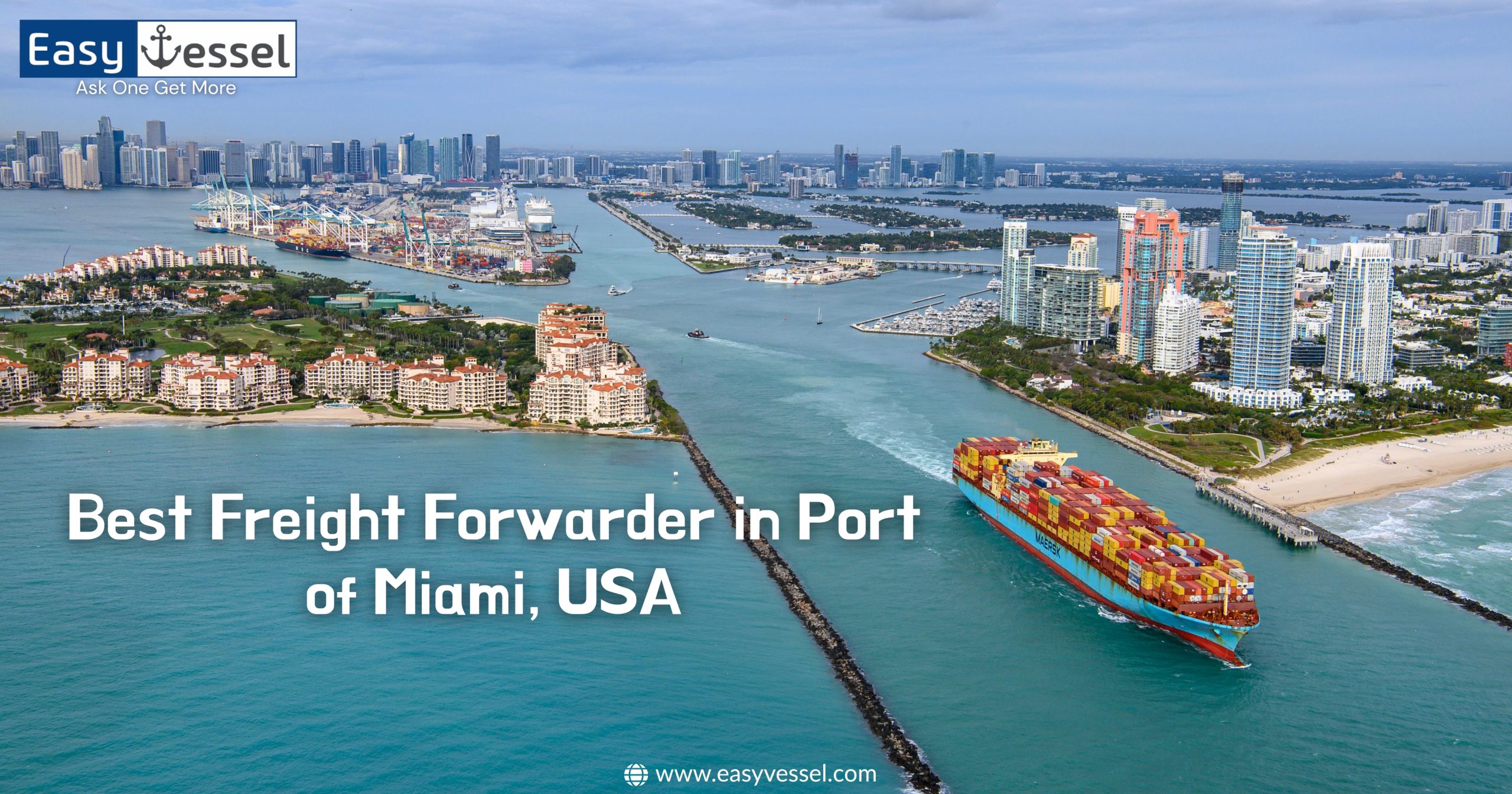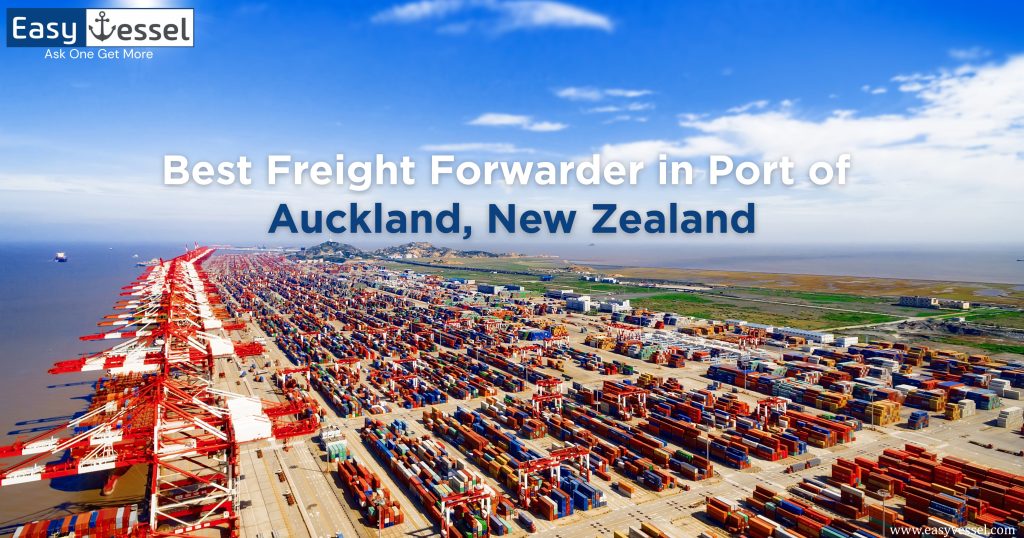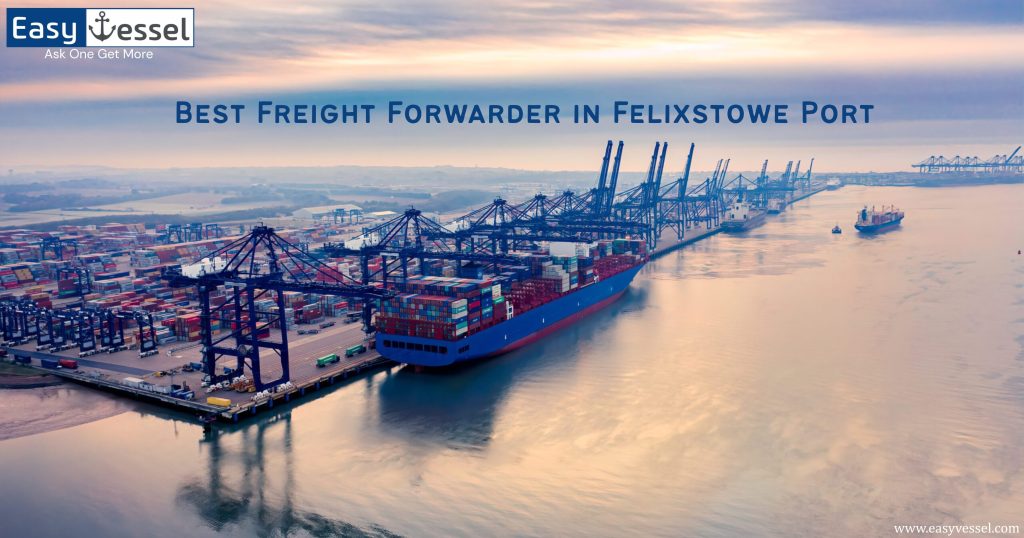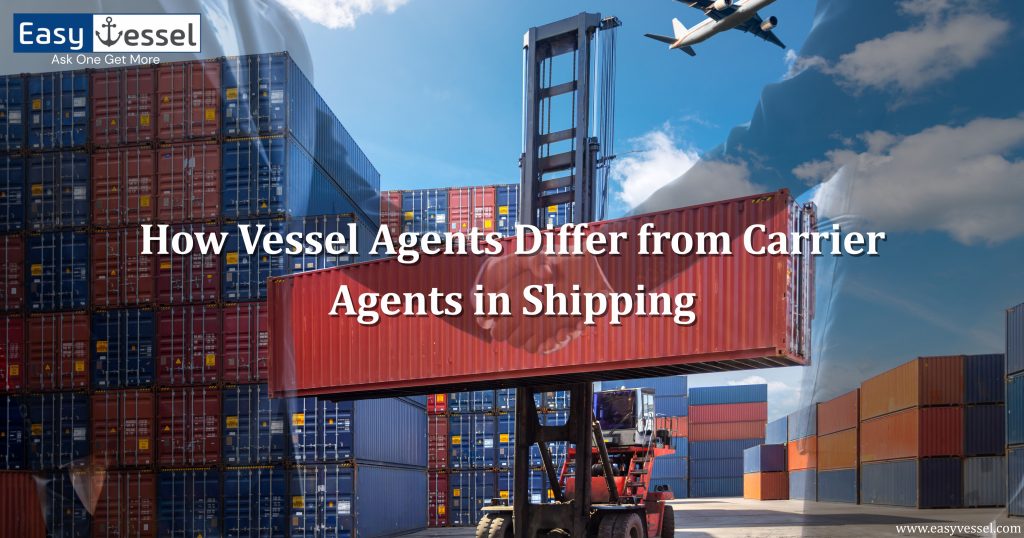Why the Port of Miami Matters to Global Shippers
When importers and exporters think of South Florida, tourism headlines usually come first—but behind the skyline sits one of the most strategically connected cargo gateways in the Western Hemisphere: the Port of Miami (officially PortMiami, formerly the Dante B. Fascell Port of Miami). Often referred to as the “Cargo Gateway of the Americas,” the port connects North–South trade flows across Latin America and the Caribbean, while also handling increasing volumes from Asia and Europe. It is Florida’s largest container port for international cargo and consistently ranks among the top U.S. container gateways—crucial context when you’re choosing the Best Freight Forwarder to manage shipments through this hub.
PortMiami: Location, Scale & Role
PortMiami is situated on Dodge Island in Biscayne Bay, at the mouth of the Miami River, and is connected to downtown Miami by causeways. Since 2014, the Port of Miami Tunnel has diverted most truck traffic directly to the interstate system. The seaport accommodates cruise mega‑liners and deep‑draft container vessels thanks to channel improvements, cranes, refrigerated yards, and intermodal capacity that support high‑velocity cargo flows.
Over the years, PortMiami developed into the world’s busiest cruise hub and a leading U.S. container port, handling more than a million TEUs in recent fiscal cycles, with trade led by partners such as China and Honduras. Computers, insulated wire, apparel/textiles, fruits, and other high‑value or time‑sensitive goods regularly move through its terminals.
A Short History
Port activity in Miami dates back to the early 20th century, when dredging and harbor development enabled oceangoing trade to reach the city’s coast. Continuous expansion—through channel deepening, land reclamation, cargo terminal additions, and cruise infrastructure—transformed the site from a regional harbor into a global maritime complex. Milestone investments include containerization upgrades, expansion of gantry crane capacity, refrigerated infrastructure to support perishables, and major access projects, such as the Port of Miami Tunnel, which relieved downtown congestion and improved freight velocity.
Today’s scale is the result of decades of public‑private investment responding to trade growth with Latin America and, more recently, larger post‑Panamax vessel calls.
What Moves Through the Port of Miami?
FY 2024 headline: 1,089,443 total TEUs; 945 cargo ships docked. Latin America & Caribbean account for roughly half of all trade; Asia and Europe are also significant. Top trade partners by TEU include China, Italy, Honduras, Dominican Republic, and Guatemala; by trade value, Honduras, Dominican Republic, and China rank high. Commodity leaders: fruits & vegetables, apparel/textiles, machinery, furniture, metals, plastics/rubber, beverages.
Quarterly Trade Signals
In Q2 2024 alone, PortMiami recorded approximately $4.9 billion in imports and $2.63 billion in exports. Leading import origins included China, Dominican Republic, Italy, Honduras, and Vietnam; leading export destinations included the Dominican Republic, Peru, Honduras, Colombia, and Jamaica. These directional flows are helpful when vetting freight forwarding services with regional routing strengths.
Regional Trade Context
The wider Miami Customs District posted approximately $137 billion in total annual trade (2023), underscoring the scale of logistics infrastructure, distribution warehousing (over 263 million sq ft regionally), and multimodal capacity available to shippers selecting a freight forwarder.
Read More: Best Freight Forwarder in Saigon Port, Vietnam
Infrastructure & Connectivity Advantages You Can Leverage
Choosing the Best Freight Forwarder at the port of Miami isn’t only about ocean contracts—it’s about how efficiently freight moves door‑to‑door.
Key physical & operational advantages:
- Direct tunnel access: The Port of Miami Tunnel carries ~80% of port traffic away from downtown, improving transit reliability for drayage moves to distribution centers.
- On‑dock Florida East Coast (FEC) Railway: Intermodal rail connections extend reach to an estimated 70% of the U.S. population in 1–4 days, critical for timesensitive or refrigerated cargo.
- Reefer & Perishables Express Lane: Dedicated facilities and cold-chain capacity make PortMiami a top perishables gateway in Florida. Verify that your freight forwarder has plug-and-slot visibility and cold-chain SOPs.
- Foreign Trade Zone (FTZ 281): Duty deferral, reduction, or elimination opportunities for importers using value-added, consolidation, or re‑export programs.
Freight Charges Through PortMiami: What Drives Your Landed Cost?
Even with competitive ocean rates, total freight charges can increase significantly if inland, handling, and compliance costs aren’t adequately managed. Here are the major cost drivers to watch when moving through the Port of Miami:
| Cost Element | What It Covers | Why It Matters at PortMiami | What to Ask a Freight Forwarder |
| Ocean Base Rate | Line‑haul per container/weight/measure | Subject to global index volatility (see recent WCI and market swings after tariff announcements). | Does your quote float vs. index? How often is it repriced? citeturn1view6 |
| Bunker & Surcharges | Fuel, low‑sulfur, congestion | Spikes tied to policy/geopolitics; check passthrough clauses. | Can we cap bunker adjustments quarterly? citeturn1view6 |
| Port & Terminal Fees | THC, wharfage, documentation | Vary by terminal operator (POMTOC, SFCT); reefer plug fees apply. | Provide line‑item PortMiami terminal matrix? citeturn2view1 |
| Drayage & Chassis | Gate-out to warehouse | Tunnel access helps speed, but peak congestion still impacts turns. | Do you control the chassis pool? Average turn time? citeturn2view1 |
| Customs & FTZ Costs | Entry, ISF, exams, zone fees | Using FTZ 281 can defer cash outlay on duties. | Can you operate within FTZ? Savings model? citeturn2view1 |
Find the Best Freight Forwarder in Port of Miami
Utilize this structured approach to mitigate risk, manage freight charges effectively, and align service levels with business objectives.
Step 1 – Map Your Trade Lanes & Volume Mix
Start with complex numbers: lanes, Incoterms, container mix (dry vs. reefer), seasonality, required dwell times. Align with PortMiami’s dominant lanes—Latin America, Asia, and Europe—to shortlist forwarders with matching lift and carrier contracts.
Step 2 – Validate PortMiami Terminal Access & Slot Priority
Ask each candidate how they interface with POMTOC, Seaboard Marine, South Florida Container Terminal, and reefer yards. Better gate visibility reduces demurrage.
Step 3 – Assess Multimodal Reach (Rail + Air Continuity)
Many shippers route urgent replenishment freight via Miami International Airport (the top U.S. airport in international cargo volume) while moving baseline replenishment by ocean. Choose a freight forwarder that can blend modes.
Step 4 – Use FTZ 281 & Transshipment Programs Strategically
If you import components for regional distribution, FTZ use can defer, reduce, or eliminate duties, which directly impacts the landed cost. Confirm that your forwarder is FTZ‑certified and experienced with CBP coordination at PortMiami.
Step 5 – Benchmark Against Market Indices
Global ocean pricing has been volatile, with the Drewry World Container Index (WCI) recently down 2.6% week‑over‑week amid tariff‑driven swings; forwarders that benchmark or offer index‑linked contracts help you stay market-aligned.
Step 6 – Model Total Cost Scenarios (Not Just Ocean Rate)
In the Miami Customs District’s high-volume trade environment ($137B+ in total trade), warehousing, transloading, and regulatory fees can often surpass the differences in ocean freight. Run scenario modeling before awarding.
Step 7 – Validate Scalability & Local Expertise
The port’s cargo mix—from perishables to high‑tech—requires specialized handling. Forwarders with local labor programs, cold-chain SOPs, and in-house customs brokerage usually outperform price-only bidders.
Compliance, Customs & Risk Management
The combination of high cargo velocity and a diverse commodity mix at the Port of Miami means documentation accuracy is non-negotiable. CBP screening, FDA for food/perishables, and USDA for produce can all trigger holds. Work with a forwarder that offers pre‑clearance data audits and real‑time exception alerts. Utilizing FTZ 281 may reduce exposure to duty outlay on goods stored, kitted, or re-exported, particularly for electronics, apparel/textiles, and seasonal retail assortments that are standard in Miami trade flows.
Controlling Reefer & Perishable Supply Chains
Because PortMiami is a primary perishables gateway (fruits & vegetables are the #1 commodity by TEU in FY 2024), look for specialized cold-chain SOPs, including advanced reefer plug reservation, temperature monitoring, USDA inspection scheduling, and rapid drainage into cross-dock or cold storage. Failure here drives spoilage and detention costs.
How Market Volatility Affects Rate Negotiations
Ocean markets have been choppy: after tariff announcements earlier in the year, container spot rates spiked before easing again. Recent WCI reporting shows a 2.6% weekly decline (mid-July 2025) and softening Transpacific spot rates. Building rate review triggers into your forwarder contract (e.g., quarterly index checks or bandwidth for floating BAF) helps keep landed costs aligned with reality, especially when sourcing from Asia into the U.S. East Coast via the Panama Canal.
About Easyvessel — Your Connection to the Right Freight Forwarder
Selecting and negotiating with multiple providers can be time-consuming and leave money on the table if you don’t consider the full market. Easyvessel helps Exporters and Importers connect with a vetted network of multiple freight forwarders competing to provide their best freight rate for your specific lanes—whether you’re moving perishables out of Latin America through the port of Miami, replenishing apparel from Asia, or distributing electronics across the U.S.
Through a single request, you can compare options, service capabilities, and transparent freight charges, allowing you to choose the best fit that balances cost, speed, and compliance. Visit Easyvessel to explore how smarter quoting can unlock margin in your supply chain.
Reference:
PortMiami by Wikipedia[1].
Frequently Asked Questions
Check experience at your target port, service range, competitive freight charges, customer reviews, and digital tracking tools.
Miami has one main cargo port, PortMiami, which serves as a primary U.S. gateway for ocean trade and cruise operations.
Typical documents include the Bill of Lading, Commercial Invoice, Packing List, and Customs Clearance forms.
Freight charges vary by cargo size, destination, shipping method, and surcharges, typically ranging from a few hundred dollars for LCL to higher rates for FCL.
Yes, PortMiami is a central hub for international trade, connecting the U.S. with Latin America, Europe, and Asia.
Transit times depend on the destination and mode; most ocean shipments range from 3 to 30 days.



